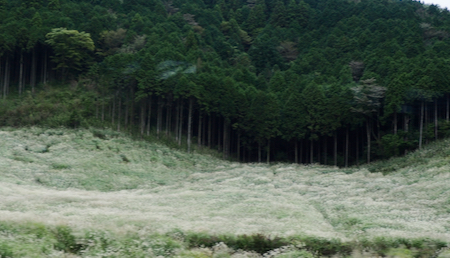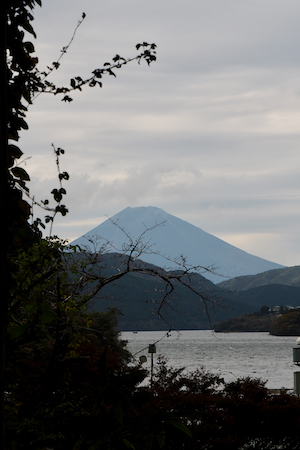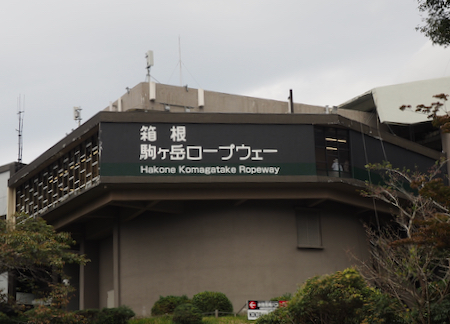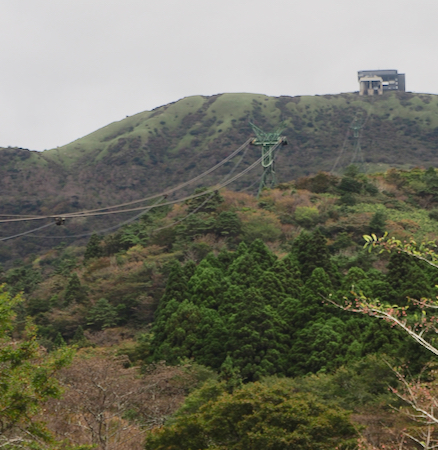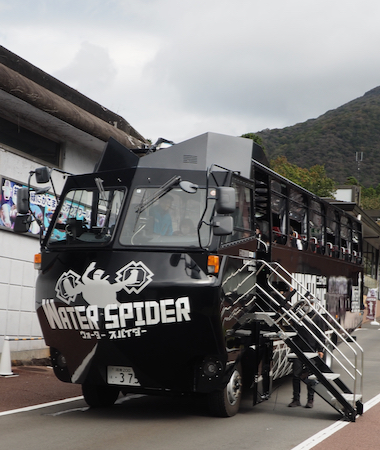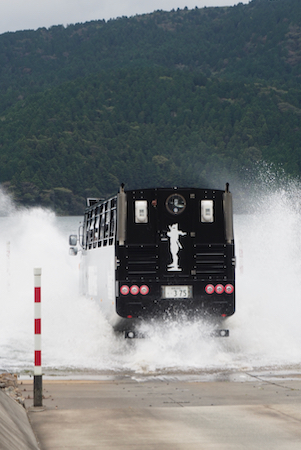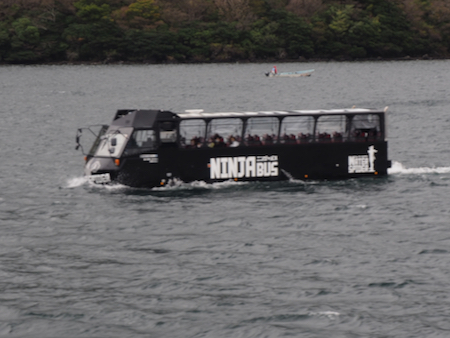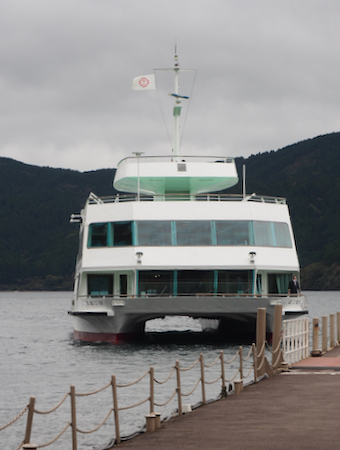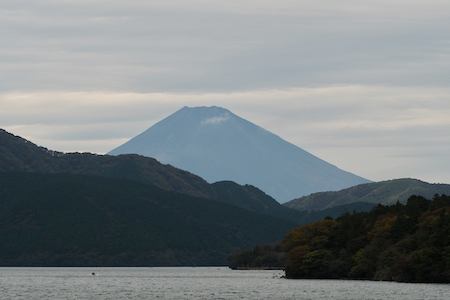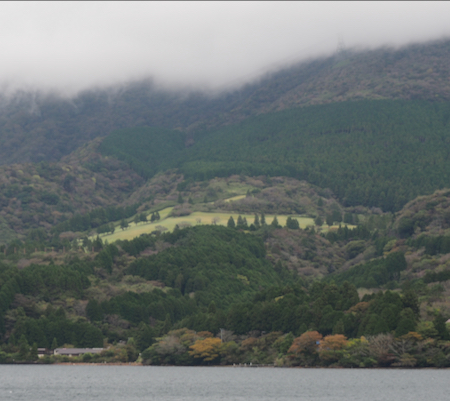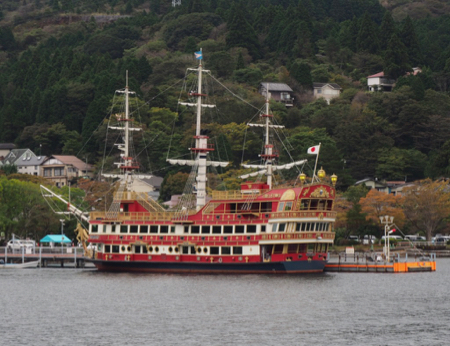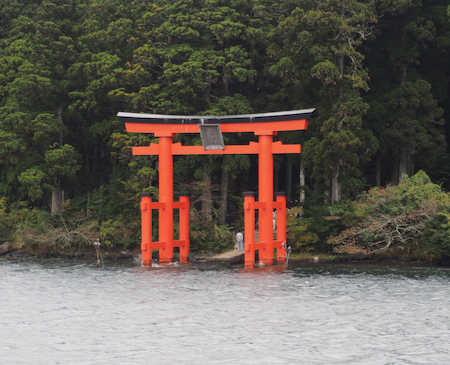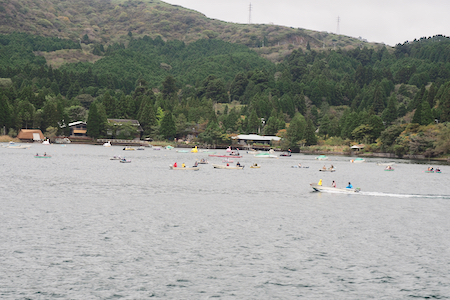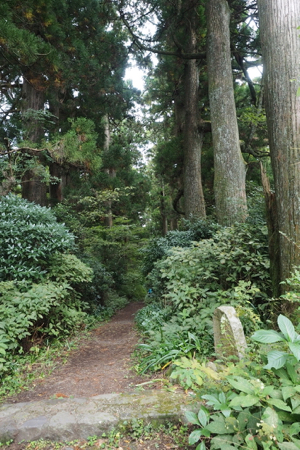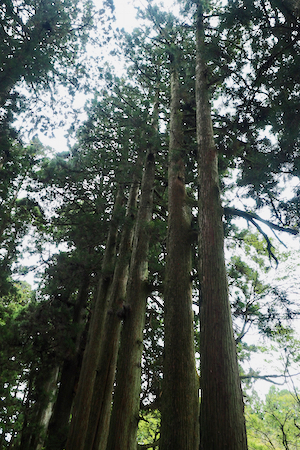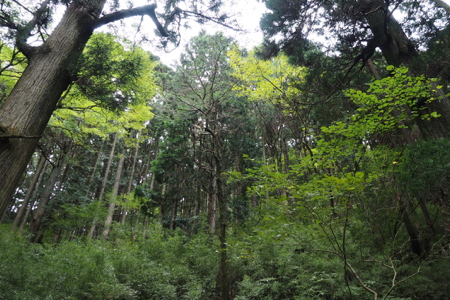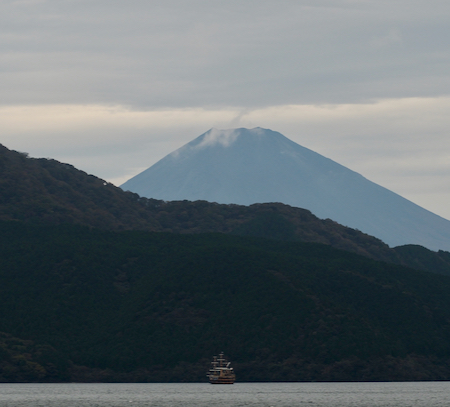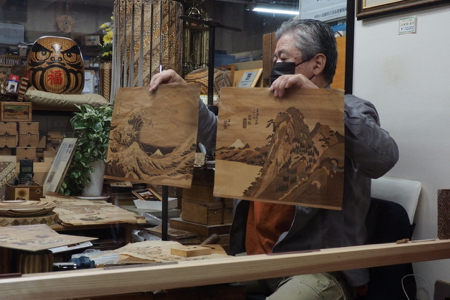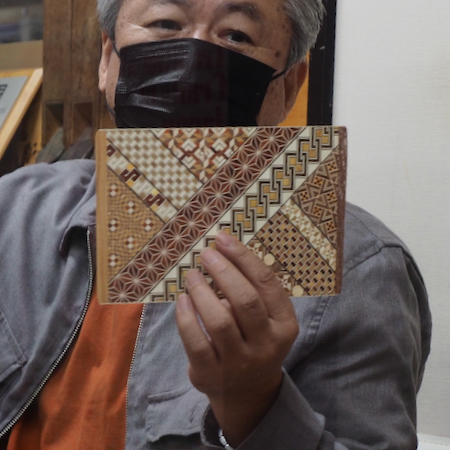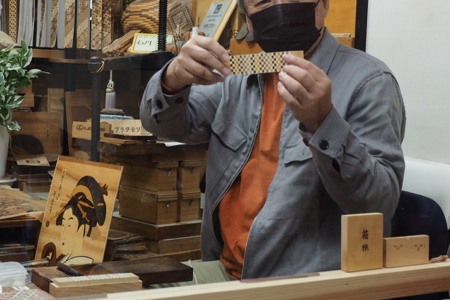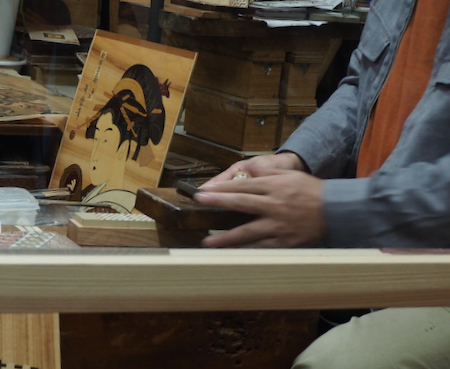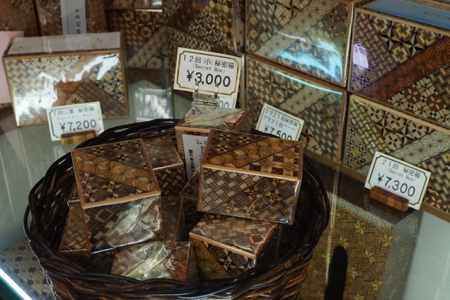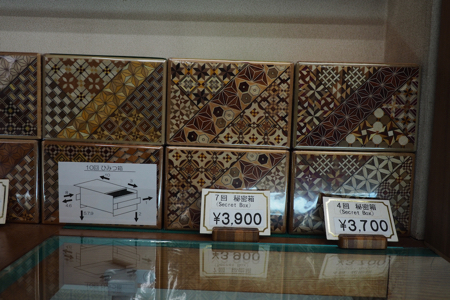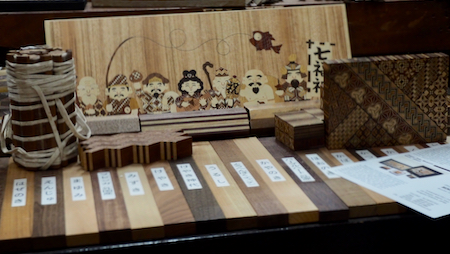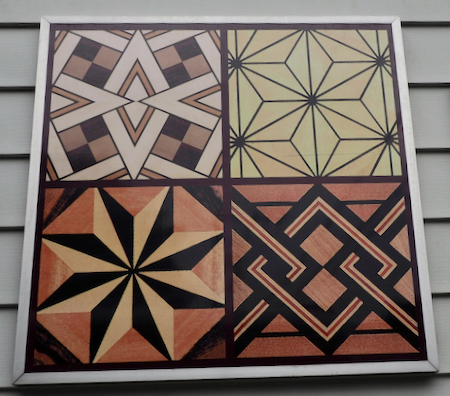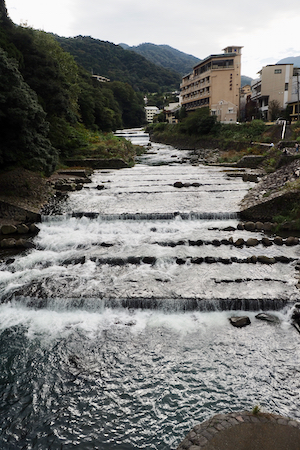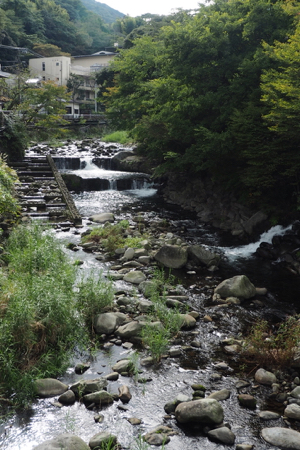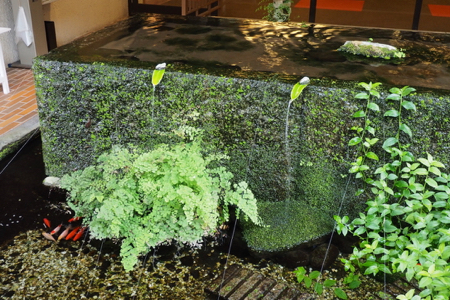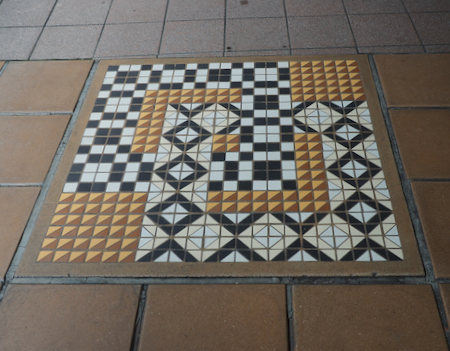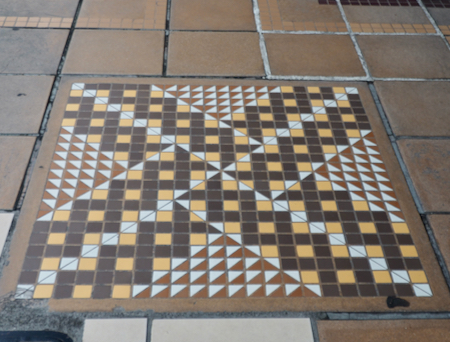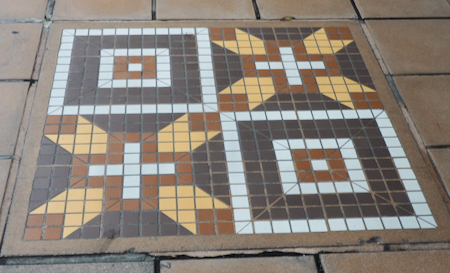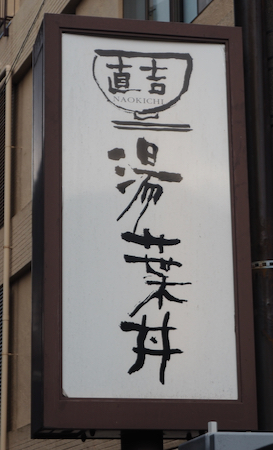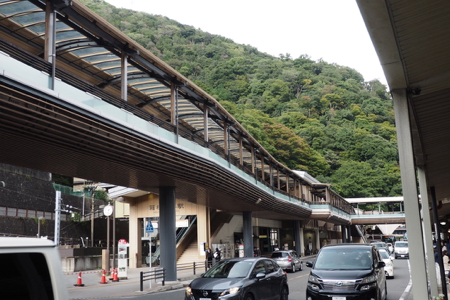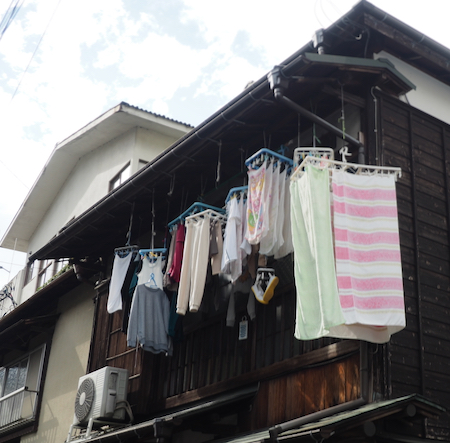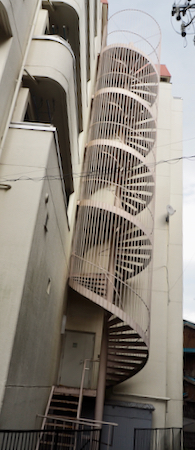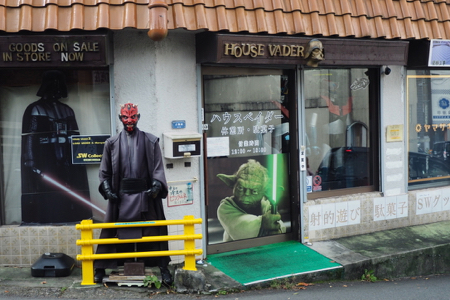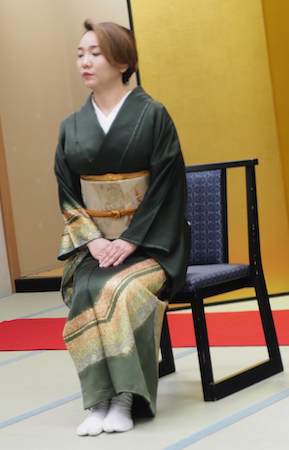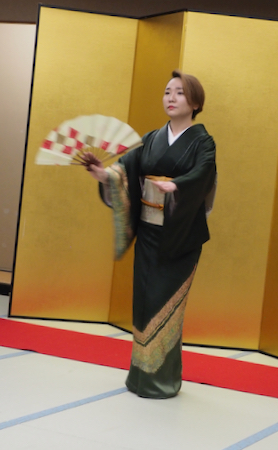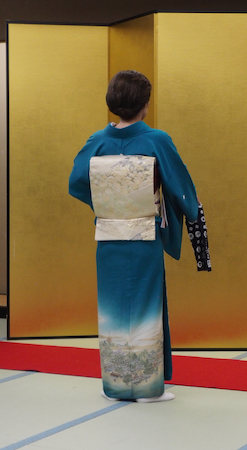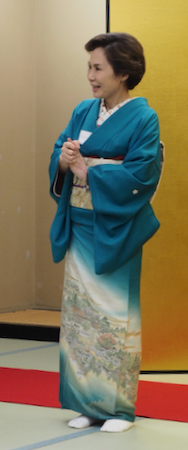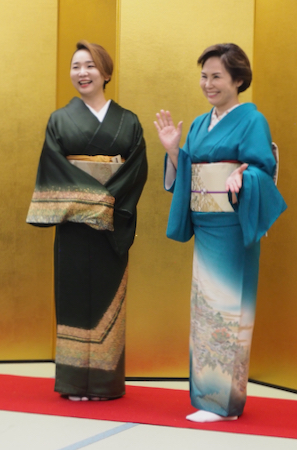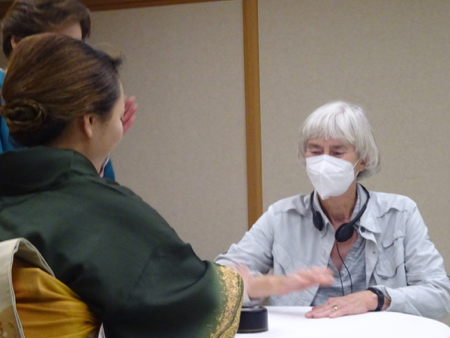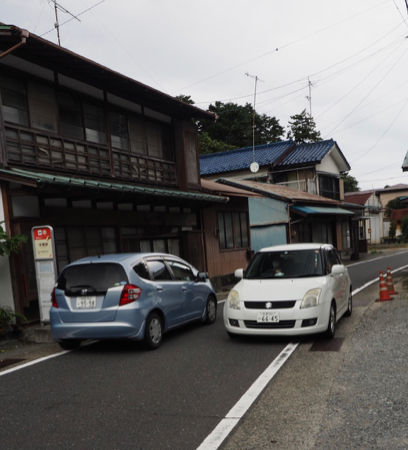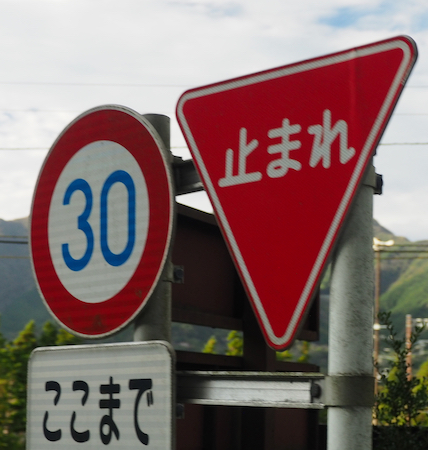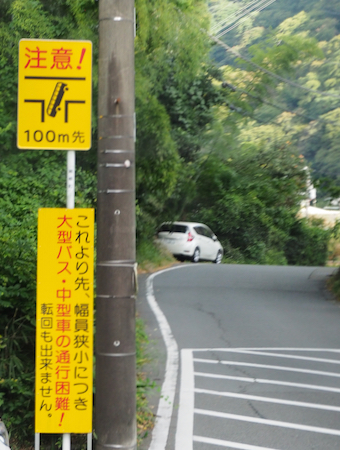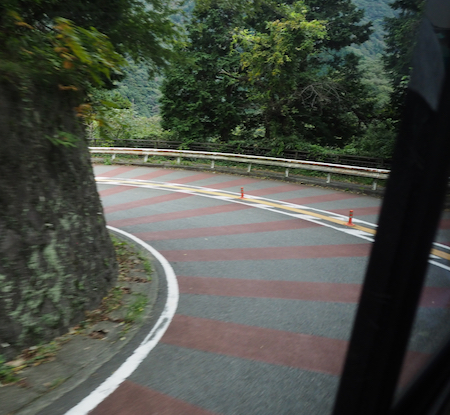Sat., 10/22 - Hakone
This morning on our bus ride to Lake Ashi we passed a pretty hillside of pampas grass called the Silver Meadow.
Lake Ashi is a lake that provides wonderful views of Mt. Fuji. The group boarded a catamaran for a boat ride down the lake and to enjoy views of this reclusive peak. Today was cloudy but occasionally the mountain came out or had just wisps of clouds floating by. Fuji is a perfect cone volcano with long sloping sides and a large caldera at the top. There is no snow on it now, so it is all just a dark color.
Pampas grass on the hillside - Silver Meadow
Mt. Fuji - one should take every opportunity offered to photograph Mt. Fuji as it is not often visible.
Cable car station
Cables and tower for the lift to the top of the hill
While we were waiting for our catamaran, an amphibious vehicle drove up and parked to pick up a load of adventurous passengers. After loading, it accelerated down the driveway and plunged into the lake. It looked like fun!
Amphibious vehicle loading up for an excursion on the lake
In she goes!
It really does float!
Our catamaran cruiser
Mt. Fuji
Hillsides above the lake
Party boat on the lake
Tori of a Shinto Shrine along the lake
After disembarking the boat, the group walked along a beautiful path through a cedar tree grove near the lake. The trees were planted in the 17th c. along a road connecting Tokyo to Kyoto. In the 17th c. the samurai lord ordered his landlords to plant cedar trees along five roads leading to Kyoto to keep them occupied so they didn’t have time or money to raise armies to depose him. Today’s highway runs right along side the forest path so it wasn’t quiet but the five foot diameter trees rose very high toward the sky. More cedar trees were planted on the mountainside after WWII.
Path through the Cedar Forest
Glorious tall cedar trees
Mt. Fuji
The next stop was at the studio of a seventh generation wood craftsman in the art of marquetry. He uses 26 different kinds of tree wood to make block patterns then uses a plane to strip off a thin ribbon of a pattern of wood. He also glues different woods together in patterns and chisels out the inside and curves the edges to make bowls. He also makes intricate pictures in frames. Nothing is painted, all is made of wood cut with jigsaws. His skill is amazing. We were given wooden book marks and bought a “secret box” with 12 key parts to open.
Examples of his work and the things for sale in the shop are illustrated below.
We bought a small puzzle box - smaller and less
expensive than these!
Lunch was at a local restaurant - Roots in the Box - that overlooked the stream that runs through the town. The main dish was fish, as usual.
After lunch we strolled along the sidewalks and streets of town to a local hotel where we met in a room to learn more about geisha (geisya) women.
Stream running through town
In front of a restaurant
Tile designs in the sidewalk
Sign for Naokichi Restaurant - my Google doesn't
want to translate the rest
Elevated walkway to the train station
Laundry day
Hope this is only a fire escape and not a regular access stair.
A madame (promoter) of five geishas and an independent geisha answered questions, played the bowl game (Konpira Fune Fune) with three of us, played a Japanese form of rock (old woman), scissors (rifle), and paper (tiger), and then danced the autumn dance and a men’s dance - easy to tell which was which. They were lovely and entertaining.
Photos of our lovely Geisha ladies follow.
Gale playing Konpira Fune Fune, again
The bus returned us to the hotel along the narrow, curvy, hilly roads of the region.
Dinner tonight was at the hotel buffet - lots to choose from.
Looks like the one lane roads in Australia
Good things signs have universal shapes
Use your Google Translator on this sign
| Return to Top | Return to Itinerary | Return to Trips page to view other trips | Return to Dreamcatcher Home Page |
